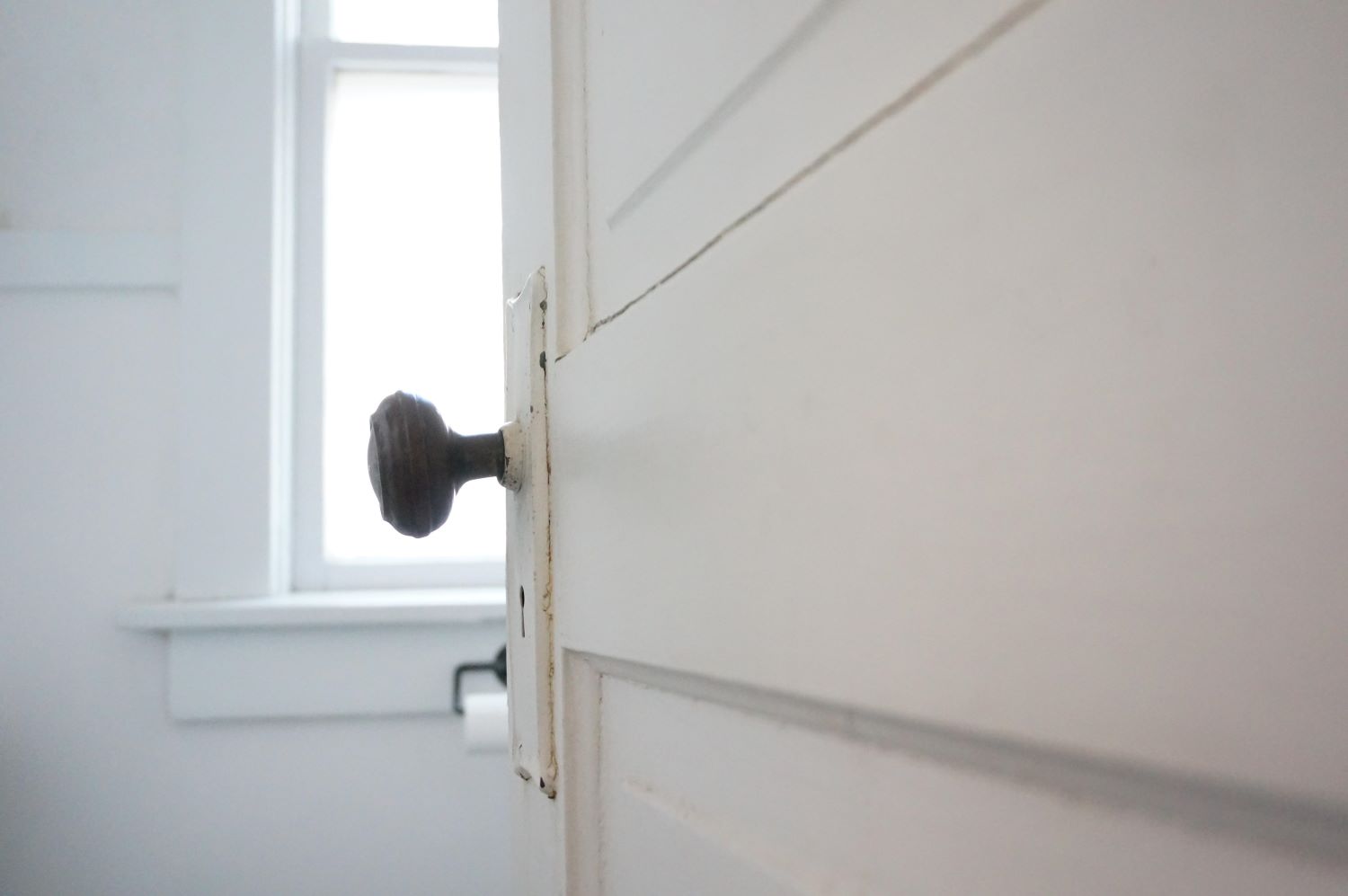

Articles
Your Guide To Troubleshooting Door Problems
Modified: October 20, 2024
Troubleshoot common door problems with our comprehensive articles, providing you with expert advice and solutions for a smooth and functional entrance.
(Many of the links in this article redirect to a specific reviewed product. Your purchase of these products through affiliate links helps to generate commission for Storables.com, at no extra cost. Learn more)
Introduction
Doors play a vital role in our daily lives, providing security, privacy, and access to different areas of our homes and buildings. However, like any other part of a structure, doors can develop problems over time. From sticking doors to squeaky hinges, these issues can be frustrating and sometimes even pose a safety risk.
In this guide, we will explore some of the most common door problems and provide you with troubleshooting steps to help you address these issues effectively. Whether you are a homeowner, renter, or property manager, this guide will equip you with the knowledge and techniques to overcome these challenges and ensure that your doors are functioning smoothly.
By understanding the root causes of these problems and implementing the appropriate solutions, you can save time and money by avoiding costly repairs or replacements. So, let’s delve into the world of door troubleshooting and learn how to fix those annoying door issues.
Key Takeaways:
- Troubleshooting common door problems can be straightforward with the right knowledge and techniques. From sticking doors to squeaky hinges, this guide equips you with practical solutions to keep your doors functioning smoothly and securely.
- Regular maintenance and proactive troubleshooting can save time and money by addressing common door issues effectively. By following the recommended steps, you can restore the functionality and security of your doors, ensuring they remain in excellent condition for years to come.
Read more: Your Guide To Styles And Types Of Doors
Common Door Problems
Before we dive into the troubleshooting steps, let’s take a look at some of the most common door problems that you may encounter:
- Door Sticking: This occurs when the door rubs or sticks against the frame, making it difficult to open or close smoothly.
- Squeaky Hinges: Hinges can develop squeaking sounds over time due to wear and tear or lack of lubrication.
- Misaligned Door: A misaligned door often results in gaps or uneven spaces between the door and the frame, compromising security and energy efficiency.
- Drafts and Air Leaks: If you feel a draft or notice air leaking around your door, it indicates poor insulation, which can lead to energy loss and higher utility bills.
- Loose Door Knob or Handle: A loose door knob or handle can be both inconvenient and a safety hazard, as it may fall off or fail to provide proper security.
Door Sticking
One of the most common door problems is when a door sticks, making it difficult to open or close smoothly. This can be caused by various factors, such as changes in humidity, swelling of the wood, or misalignment of the door and frame.
To troubleshoot a sticking door, follow these steps:
- Inspect the Door: Examine the door to identify any visible signs of damage or misalignment. Look for scratches, dents, or rubbing marks on the door or frame.
- Check the Hinges: Ensure that the hinges are securely attached to both the door and the frame. Tighten any loose screws or replace damaged hinges.
- Remove Excess Paint or Varnish: Sometimes, layers of paint or varnish on the edges of the door can cause it to stick. Use a scraper or sandpaper to remove any excess paint or varnish.
- Adjust the Strike Plate: If the door is sticking at the latch side, the strike plate might need adjustment. Loosen the screws and adjust the plate to ensure it aligns with the latch smoothly.
- Trim the Door: If the door is sticking against the frame, you may need to trim a small amount off the affected area. Use a plane or a power saw to carefully remove the excess wood. Remember to measure and mark before cutting to avoid removing too much material.
- Apply Lubrication: Lubricate the door hinges and latch mechanism with a silicone-based lubricant to ensure smooth operation. Avoid using oil-based lubricants as they can attract dust and dirt.
By following these troubleshooting steps, you can fix a sticking door and restore its functionality. However, if the problem persists or if you are uncertain about performing these repairs yourself, it’s best to consult a professional for assistance.
Squeaky Hinges
Squeaky hinges can be a major annoyance, causing unwanted noise every time you open or close a door. Fortunately, resolving this issue is often a straightforward process. Here’s how you can troubleshoot squeaky hinges:
- Identify the Squeaky Hinge: Determine which hinge is causing the squeaking sound. Open and close the door slowly while listening for the source of the noise.
- Inspect the Hinge: Examine the hinge for any visible signs of rust, dirt, or debris. Clean the hinge thoroughly using a rag or brush to remove any buildup that may be causing friction.
- Apply Lubricant: Lubricate the hinge using a silicone-based lubricant. Apply a small amount to the pivot points of the hinge, ensuring it reaches the areas where metal parts rub against each other.
- Open and Close the Door: Move the door back and forth several times to allow the lubricant to penetrate and reduce friction. This should help eliminate the squeaking sound.
- Wipe off Excess Lubricant: After applying the lubricant, use a clean cloth to remove any excess. Leaving too much lubricant on the hinge can result in a greasy residue.
If the squeaking persists after following these steps, you may need to tighten loose screws or replace the hinge altogether if it is damaged. In some cases, a hinge may be beyond repair and require professional assistance.
Regular maintenance of your hinges, such as cleaning and lubricating them periodically, can help prevent future squeaking. Additionally, using hinges made of high-quality materials can minimize the likelihood of experiencing this problem.
By taking the time to troubleshoot and address squeaky hinges, you can enjoy noise-free and smooth operation of your doors once again.
Misaligned Door
A misaligned door can be a frustrating issue as it can result in gaps, drafts, or difficulty in opening and closing the door properly. This problem often occurs due to settling of the building, changes in temperature and humidity, or improper installation. Here’s how you can troubleshoot a misaligned door:
- Check for Gaps: Close the door and inspect the entire perimeter to identify any noticeable gaps between the door and the frame. Gaps can indicate misalignment.
- Inspect the Hinges: Examine the hinges to ensure they are securely attached to both the door and the frame. Loose or damaged hinges can contribute to misalignment.
- Adjust the Hinges: If the door is misaligned vertically, you can try adjusting the hinges. Use a screwdriver to loosen the screws on the hinge plate and reposition it slightly to align the door properly. Then, tighten the screws back in place.
- Shimming the Hinges: If the misalignment persists, you can use shims to stabilize the hinges. Place a thin wooden or plastic shim behind the hinge leaf that is causing the misalignment. This will help realign the door and level it with the frame.
- Check the Door Frame: Inspect the door frame for any signs of damage, warping, or shifting. If the frame is severely damaged or out of alignment, you may need to consult a professional for repairs or replacement.
In some cases, a misaligned door may require more intricate adjustments or even the replacement of certain components. If you are unsure or uncomfortable performing these repairs yourself, it’s best to seek professional help to ensure proper alignment and functionality of your door.
Remember, addressing a misaligned door is crucial not only for aesthetic reasons but also for security and energy efficiency. A properly aligned door provides a secure seal and helps to prevent drafts, ultimately saving on energy costs.
Read more: DIY Guide To Installing A Barn Door
Drafts and Air Leaks
Drafts and air leaks around your door can lead to energy loss, discomfort, and higher utility bills. These issues are often caused by gaps between the door and the frame or inadequate sealing. Here’s how you can troubleshoot and address drafts and air leaks:
- Check for Gaps: Close the door and carefully inspect the entire perimeter for any visible gaps. Pay close attention to the bottom of the door, as this area is a common source of drafts.
- Replace Weatherstripping: If you notice worn-out or damaged weatherstripping, it’s essential to replace it. Weatherstripping creates a seal between the door and the frame, preventing drafts and air leaks.
- Install Door Sweeps: Door sweeps are attached to the bottom of the door to provide additional sealing against drafts. Choose a sweep that fits the width of your door and install it according to the manufacturer’s instructions.
- Apply Caulk or Sealant: Use caulk or sealant to fill any gaps or cracks in the door frame. Apply a bead of caulk along the edges where the frame meets the wall, ensuring a tight seal.
- Add Door Insulation: Consider adding insulation to your door to enhance energy efficiency and minimize drafts. This can be accomplished by using an insulation kit or applying adhesive-backed insulation strips to the door.
- Use Draft Stoppers: For movable doors, such as sliding glass doors or French doors, draft stoppers can be placed along the bottom to create a barrier against drafts. These can be purchased at hardware stores or easily made at home using fabric and filling material.
By addressing drafts and air leaks, you can improve the comfort of your home and reduce energy waste. Keep in mind that some repairs, such as replacing weatherstripping or applying caulk, may need to be done periodically to maintain their effectiveness.
If you have taken the necessary steps to seal your door, but drafts still persist, it may indicate a more significant underlying issue, such as improper insulation or structural problems. In such cases, it is advisable to consult a professional to assess and resolve the problem.
Regularly lubricate the hinges and latch of your door to prevent squeaking and sticking. This will help maintain smooth operation and extend the life of your door.
Loose Door Knob or Handle
A loose door knob or handle not only causes inconvenience but can also compromise the security of your door. If left unfixed, it may eventually fall off or fail to provide proper functionality. Here’s how you can troubleshoot and fix a loose door knob or handle:
- Tighten the Screws: Examine the door knob or handle and locate the screws that secure it to the door. Use a screwdriver to tighten these screws, ensuring they are secure but not overtightened.
- Check the Strike Plate: The strike plate is the metal plate attached to the door frame that the latch engages with. Make sure the strike plate is properly aligned with the door knob or handle. If it is misaligned, adjust it accordingly to provide a proper fit.
- Replace the Screws or Hardware: If the screws are stripped or damaged, it’s advisable to replace them with new ones. Alternatively, you may need to replace the entire door knob or handle if it is worn out or beyond repair.
- Use a Thread-Locking Solution: To prevent future loosening of the screws, you can apply a thread-locking solution. This product helps secure the screws in place and prevents them from coming loose due to vibration or use.
- Consider a Door Knob Reinforcement Plate: If the door knob or handle becomes loose frequently, you may want to consider installing a door knob reinforcement plate. This metal plate reinforces the area around the door knob or handle, providing extra stability and preventing the screws from loosening.
Regular maintenance of your door knobs and handles, such as periodically checking for loose screws and tightening them as needed, can help prevent this problem from occurring. Additionally, using high-quality door hardware and avoiding excessive force when operating the door can extend the lifespan of your knobs and handles.
If you are unsure about how to fix a loose door knob or handle, or if the problem persists despite your repair attempts, it may be best to seek professional assistance to ensure proper installation and functionality.
Damaged Door Frame
A damaged door frame can compromise the security and functionality of your door. It can occur due to various reasons, such as impact damage, moisture exposure, or normal wear and tear. If you notice signs of a damaged door frame, it’s important to address it promptly. Here’s how you can troubleshoot and fix a damaged door frame:
- Inspect the Door Frame: Examine the door frame for any visible signs of damage, such as cracks, splits, or rot. Pay close attention to the areas where the frame comes into contact with the door, as these areas are more prone to damage.
- Repair Minor Damage: For minor cracks or splits, you can use wood adhesive or filler to mend the damaged areas. Apply the adhesive or filler according to the manufacturer’s instructions and allow it to dry completely before sanding and refinishing the frame.
- Replace Damaged Sections: If the damage to the door frame is severe, you may need to replace the affected sections. Use a saw to carefully remove the damaged portion, ensuring to follow the natural lines and contours of the frame. Obtain a replacement piece of the same type of wood and cut it to the appropriate size. Secure the new section in place using wood glue and screws.
- Address Moisture Issues: If the door frame damage is due to moisture exposure, it’s crucial to identify and address the source of the moisture. Repair any leaks or gaps in the surrounding area, and consider applying a waterproof sealant or paint to further protect the door frame.
- Seek Professional Help if Necessary: If you are unsure about repairing a damaged door frame or if the damage is extensive, it’s best to seek the assistance of a professional carpenter or door specialist. They can assess the damage and provide appropriate repair solutions.
Regularly inspecting and maintaining your door frame can help prevent or minimize damage. Keep an eye out for any signs of deterioration and address them promptly to ensure the long-term integrity and functionality of your door.
Remember, a damaged door frame not only compromises security but can also lead to other issues such as drafts, air leaks, and difficulty in opening and closing the door. By taking the necessary steps to repair and maintain your door frame, you can enhance both the aesthetics and functionality of your door.
Door Won’t Stay Open or Closed
A door that won’t stay open or closed can be frustrating and inconvenient. It can swing open unexpectedly, slam shut, or refuse to stay in the desired position. Several factors can contribute to this problem, including misaligned hinges, faulty door hardware, or uneven flooring. Here’s how you can troubleshoot and fix a door that won’t stay open or closed:
- Check the Hinges: Examine the hinges on the door to ensure they are tight and secure. If they are loose, use a screwdriver to tighten the screws. If the hinges are damaged, worn, or misaligned, consider replacing them with new ones.
- Adjust the Hinges: If the door swings open or closed on its own, it may be misaligned. Loosen the screws on the hinge plates and adjust them slightly to bring the door back into alignment. Then, tighten the screws to secure the hinges in place.
- Install a Door Stopper: If the door consistently swings open or closed due to airflow or uneven flooring, consider installing a door stopper. This device prevents the door from moving, keeping it in the desired position.
- Replace the Door Closer: If your door has a hydraulic or pneumatic closer, it may be faulty and causing the door to slam shut. Consider replacing the door closer with a new one that is adjusted correctly and functions smoothly.
- Check the Latch Plate and Strike Plate: Ensure that the latch plate and strike plate are properly aligned. If they are misaligned, adjust them so that the latch fully engages with the strike plate when the door is closed.
- Address Flooring Issues: If the door won’t stay closed due to uneven flooring, you may need to address the flooring problem. This could involve leveling the floor or adding a threshold or door sweep to create a smooth surface for the door to close against.
If you have attempted these troubleshooting steps but the door still won’t stay open or closed, it may be beneficial to consult a professional to assess the issue and provide expert guidance or necessary repairs.
Remember, a door that won’t stay open or closed is not only an inconvenience but can also pose a safety risk. By addressing the underlying cause of the problem, you can ensure the door functions properly and provides the desired level of security and convenience.
Read more: DIY Guide: Installing A Storm Door
Difficulty Locking or Unlocking the Door
Difficulty locking or unlocking a door can be a frustrating experience. It can be caused by various factors, such as a misaligned lock, a faulty locking mechanism, or a damaged key. Here’s how you can troubleshoot and resolve issues related to locking or unlocking a door:
- Inspect the Key: Examine the key for any signs of damage, such as bends, breaks, or excessive wear. If the key is damaged, it may not properly engage with the lock mechanism. In such cases, it’s best to have a new key made by a professional locksmith.
- Check the Lock Mechanism: Inspect the lock mechanism to ensure it is clean and free of debris. Dirt, dust, or other particles can interfere with the smooth operation of the lock. Use a can of compressed air or a small brush to clean the lock and remove any obstructions.
- Lubricate the Lock: Apply a small amount of graphite lubricant or powdered graphite into the keyhole. Insert and remove the key several times to distribute the lubricant evenly and improve the lock’s performance. Avoid using oil-based lubricants as they can attract dirt and gum up the lock mechanism.
- Check the Strike Plate: The strike plate is the metal plate attached to the door frame that the lock engages with. Make sure the strike plate is properly aligned with the lock. If it is misaligned, adjust it so that the lock bolt smoothly enters the strike plate hole without resistance.
- Adjust the Door Strike Plate: If the door has difficulty fully engaging with the lock, the strike plate may need adjustment. Loosen the screws holding the strike plate in place and move it slightly to create a better fit between the lock bolt and the strike plate hole. Then, tighten the screws.
- Consult a Locksmith: If the above steps do not resolve the issue, it may indicate a more significant problem with the lock mechanism or the door itself. In such cases, it’s wise to consult a professional locksmith who can accurately diagnose the problem and recommend appropriate solutions.
Remember, difficulty locking or unlocking a door can compromise security and pose safety risks. By addressing these issues promptly and following the recommended troubleshooting steps, you can ensure smooth operation and reliable security for your door.
Troubleshooting Steps for Door Problems
When encountering door problems, it’s important to approach troubleshooting systematically. By following these steps, you can effectively troubleshoot and address a variety of common door issues:
- Identify the Problem: Start by identifying the specific problem you’re facing with your door. Is it sticking, squeaking, misaligned, experiencing drafts, or having issues with the lock?
- Inspect the Door: Take a close look at the door and its components. Check for visible signs of damage, misalignment, or wear and tear, such as scratches, cracks, or loose hinges.
- Determine the Cause: Try to determine the root cause of the problem. Is it due to environmental factors, such as humidity or temperature changes? Or is it a result of improper installation, wear and tear, or lack of maintenance?
- Refer to the Specific Troubleshooting Section: Once you have identified the problem and its likely cause, refer to the corresponding section in this guide for detailed troubleshooting steps. Each problem has its unique set of solutions.
- Follow the Troubleshooting Steps: Implement the recommended troubleshooting steps, ensuring that you follow the instructions carefully and take the necessary precautions. This may involve cleaning, lubricating, adjusting, repairing, or replacing components as needed.
- Test the Door: After performing the troubleshooting steps, test the door to see if the problem has been resolved. Open and close the door, lock and unlock it, and check for any signs of improvement or recurrence of the problem.
- Seek Professional Help if Needed: If the problem persists or if you are uncomfortable performing the repairs yourself, it’s best to seek professional help. Experienced contractors or locksmiths can provide expert guidance and assistance to resolve complex or persistent door issues.
- Perform Regular Maintenance: To prevent future door problems, establish a regular maintenance routine. This can include tasks such as cleaning and lubricating hinges, inspecting weatherstripping, and checking for any signs of damage or wear.
By following these troubleshooting steps, you can tackle a range of door problems and ensure that your doors function properly and reliably. Remember, patience and attention to detail are key when troubleshooting door issues, and knowing when to seek professional assistance can save you time, effort, and potential further damage.
Conclusion
Dealing with door problems can be a frustrating experience, but with the right knowledge and troubleshooting steps, you can effectively address and overcome these issues. From sticking doors to squeaky hinges, misaligned frames to drafts and air leaks, loose door knobs to difficulty in locking or unlocking, this guide has provided you with a comprehensive set of solutions to common door problems.
By following the troubleshooting steps outlined in this guide, you can tackle these issues head-on and restore the functionality, security, and aesthetic appeal of your doors. From simple adjustments and repairs to more involved maintenance tasks, you now have the tools to solve a wide range of door-related challenges.
Remember, proactive maintenance and regular inspections can help prevent these issues from arising in the first place. By taking care of your doors, addressing minor problems promptly, and seeking professional help when needed, you can keep your doors in excellent condition and avoid more extensive repairs or replacements down the line.
So, the next time you encounter a sticking door, a squeaky hinge, or any other common door problem, refer back to this guide and follow the troubleshooting steps to find a solution. With a little time, effort, and the right approach, you can keep your doors functional, secure, and beautiful for years to come.
Frequently Asked Questions about Your Guide To Troubleshooting Door Problems
How can I fix a squeaky door?To fix a squeaky door, start by applying a lubricant to the hinges. You can use WD-40, petroleum jelly, or even cooking oil. Make sure to wipe away any excess lubricant to prevent drips. If the squeaking persists, the hinges may need to be tightened or replaced.What should I do if my door won’t stay open or closed?If your door won’t stay open or closed, check the alignment of the strike plate and latch. You may need to adjust the position of the strike plate or tighten the screws. If the problem persists, the hinges may be loose and in need of tightening or replacement.How do I fix a sticking door?To fix a sticking door, start by examining the door and the frame for any visible signs of rubbing or misalignment. You can use a plane or sander to remove excess material from the door or frame. If the sticking persists, the hinges may need to be adjusted or replaced.What should I do if my door is difficult to lock or unlock?If your door is difficult to lock or unlock, check the alignment of the strike plate and latch. You may need to adjust the position of the strike plate or tighten the screws. If the problem persists, the lock mechanism itself may need to be lubricated or replaced.How can I troubleshoot a drafty door?To troubleshoot a drafty door, start by checking the weather-stripping and door sweep for any signs of wear or damage. You can replace these components to create a better seal. If the draftiness persists, you may need to consider replacing the door itself with a more energy-efficient option.
Was this page helpful?
At Storables.com, we guarantee accurate and reliable information. Our content, validated by Expert Board Contributors, is crafted following stringent Editorial Policies. We're committed to providing you with well-researched, expert-backed insights for all your informational needs.

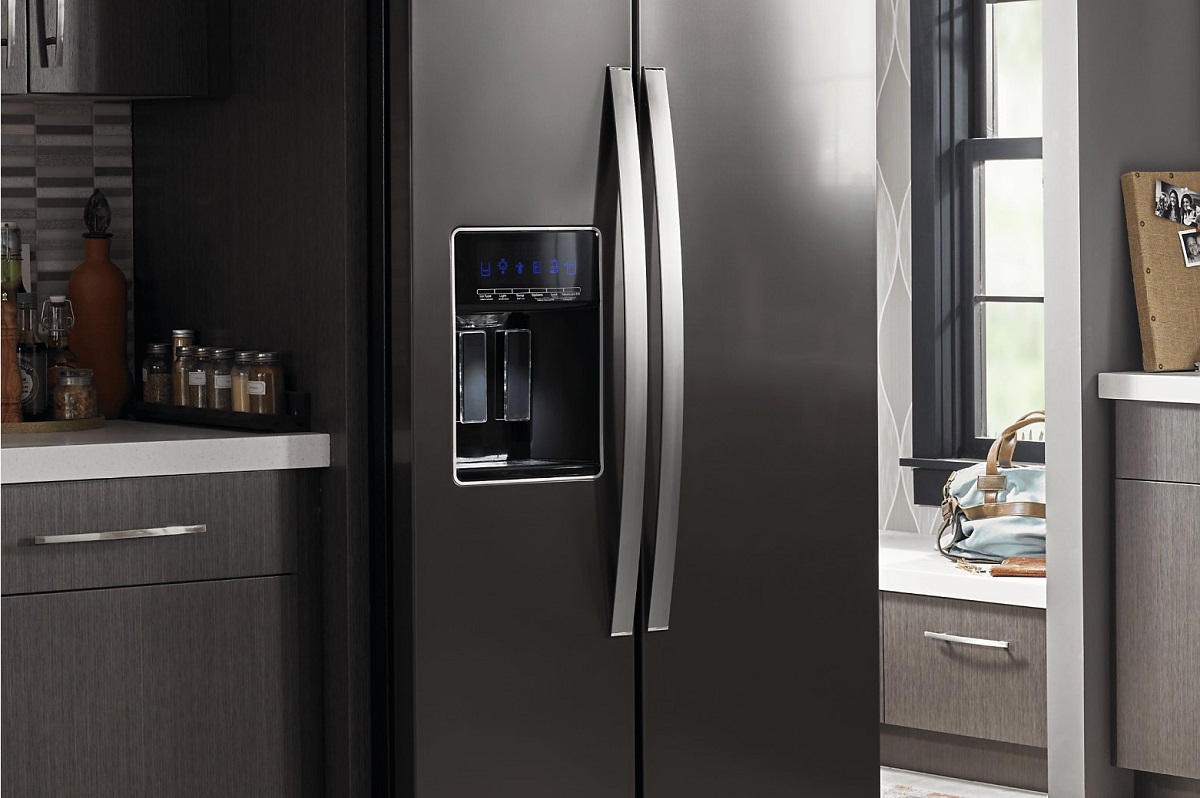
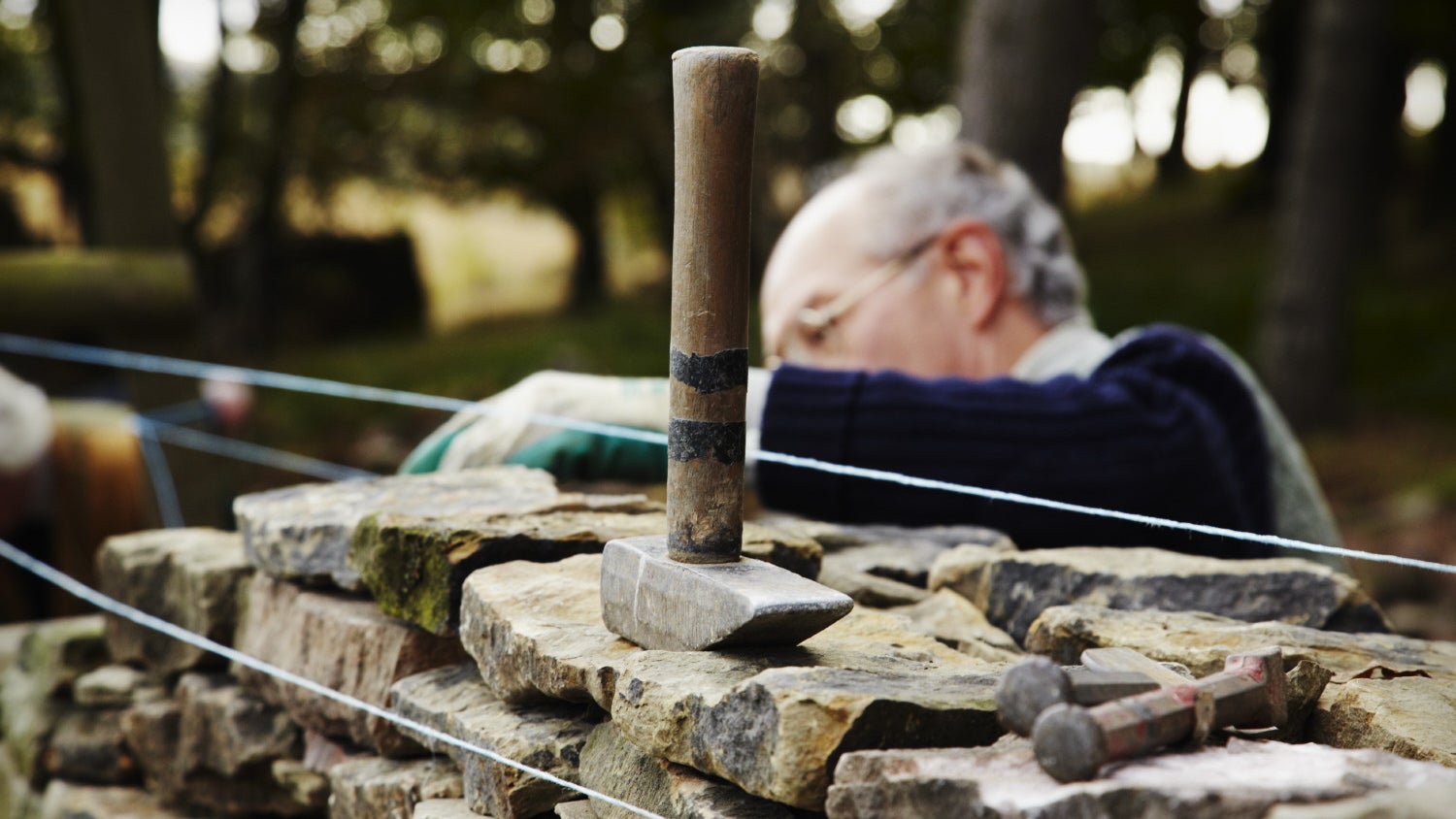
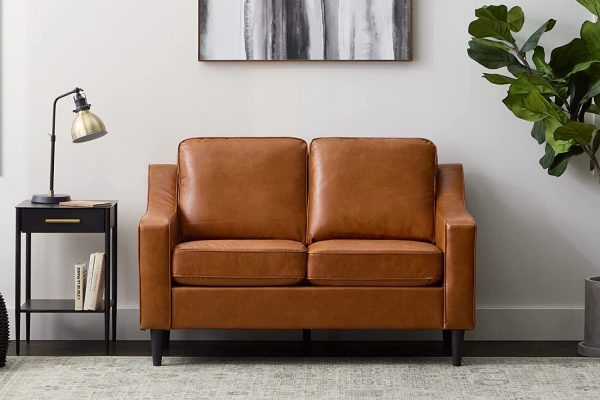
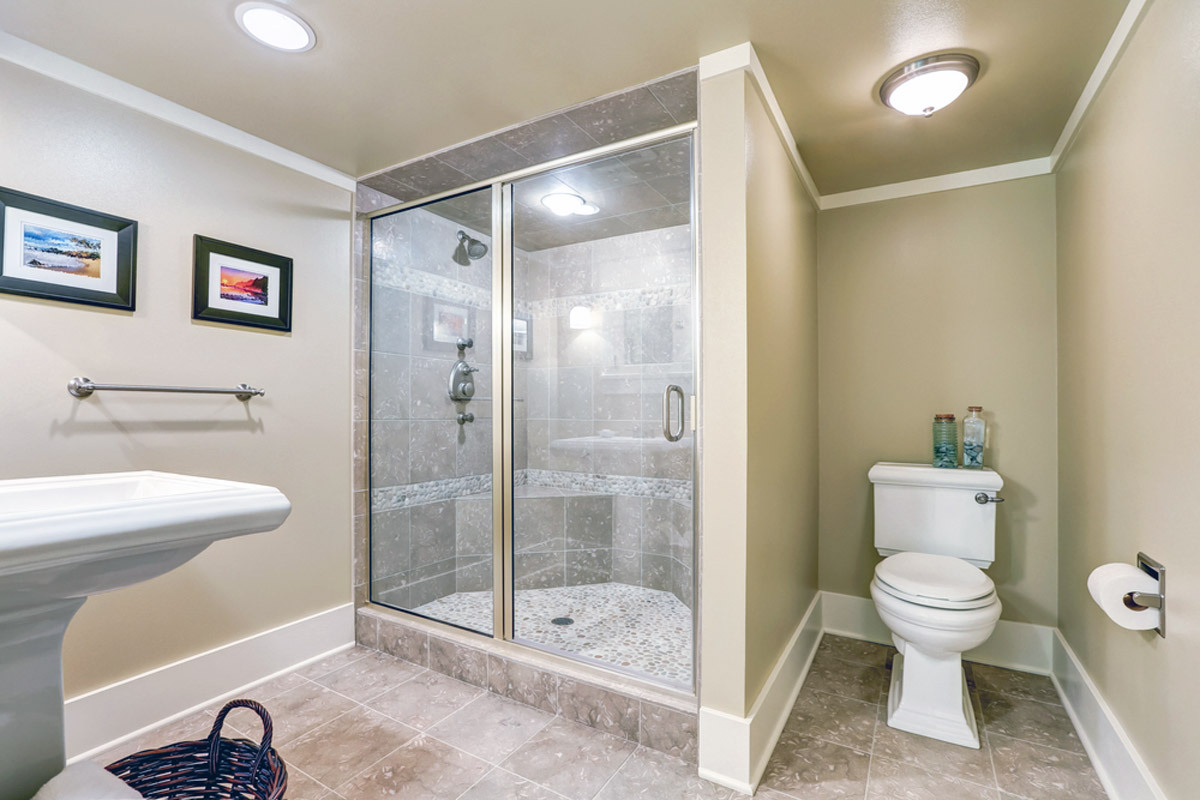
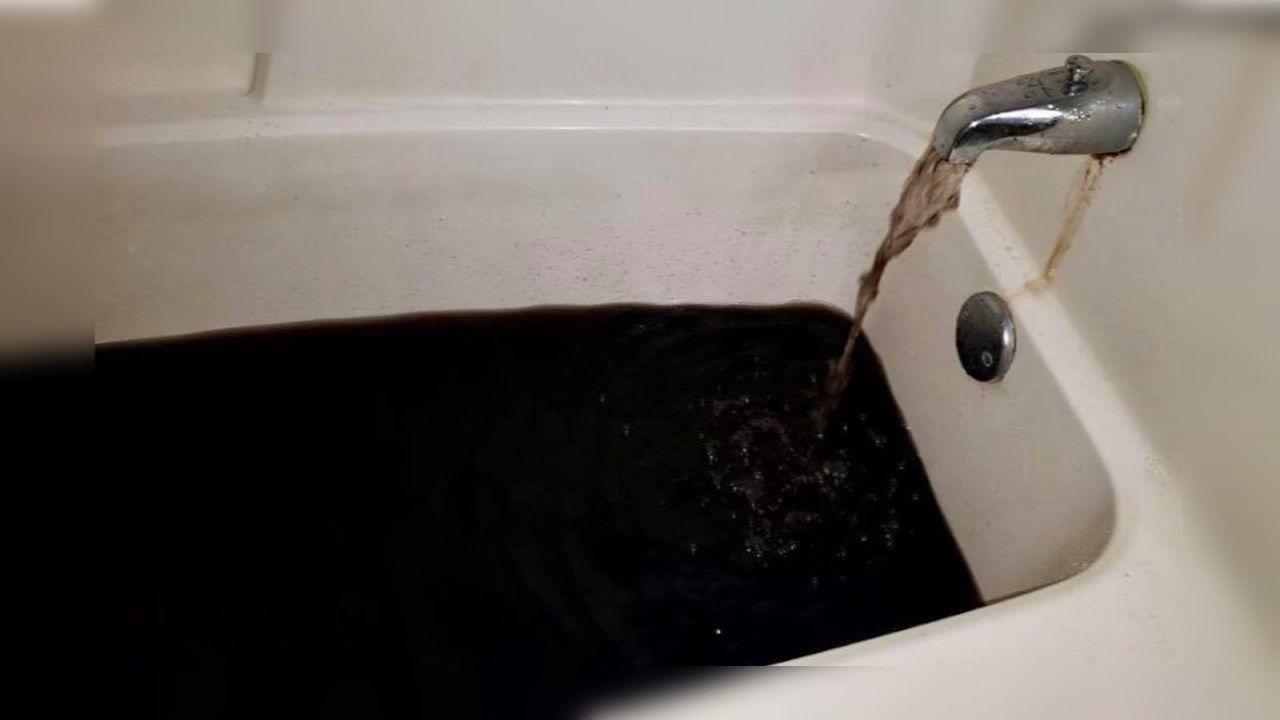
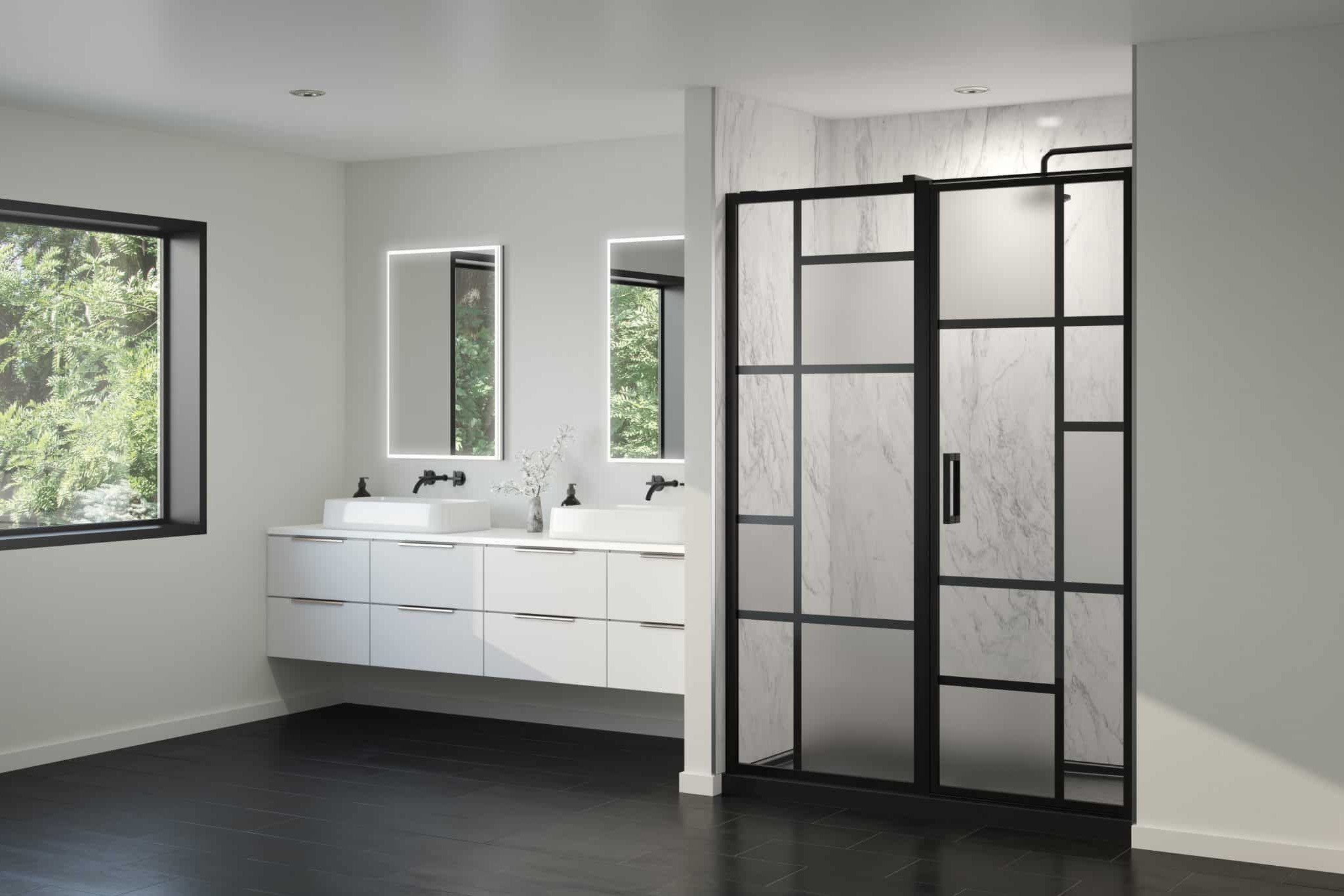
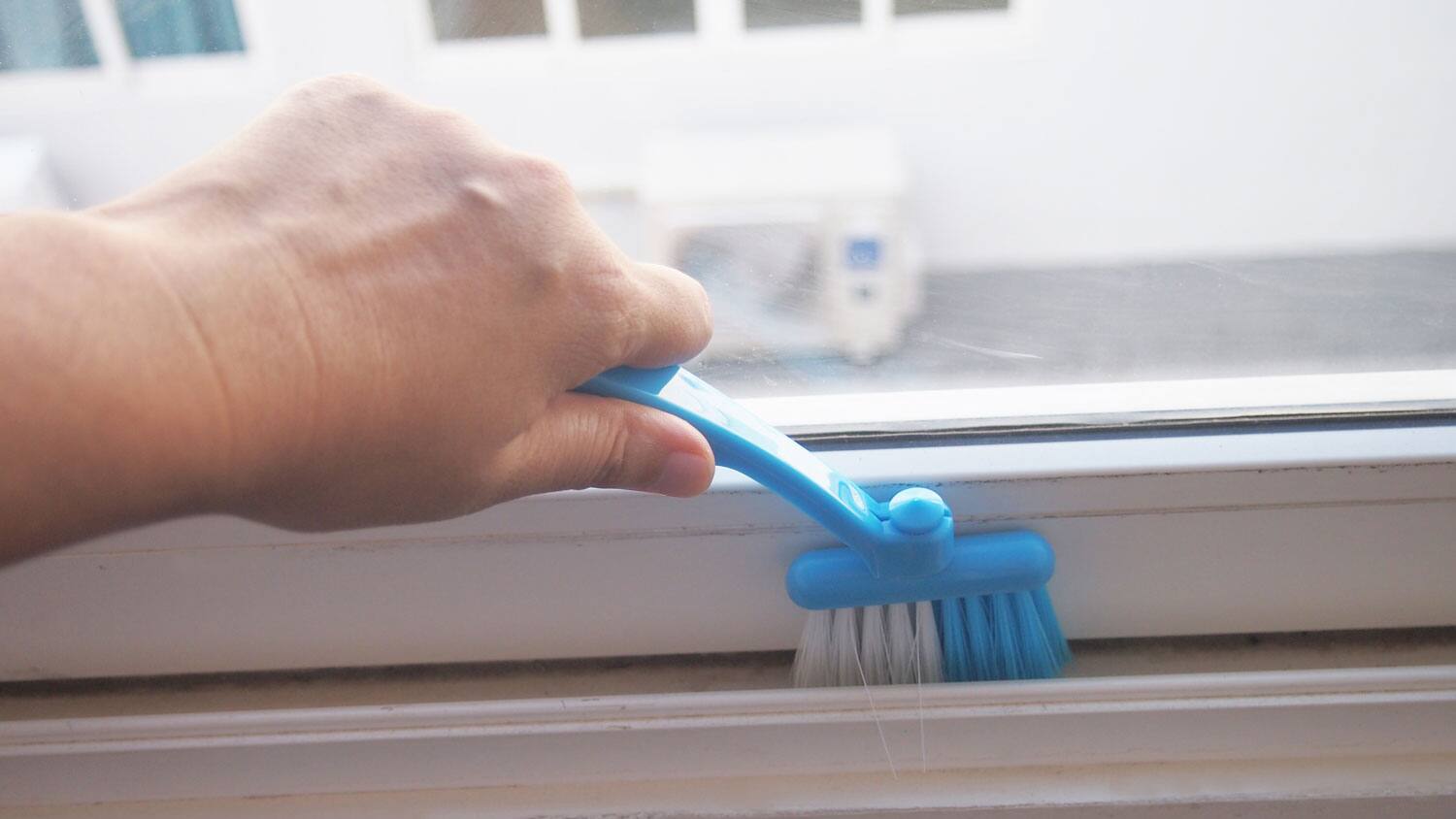
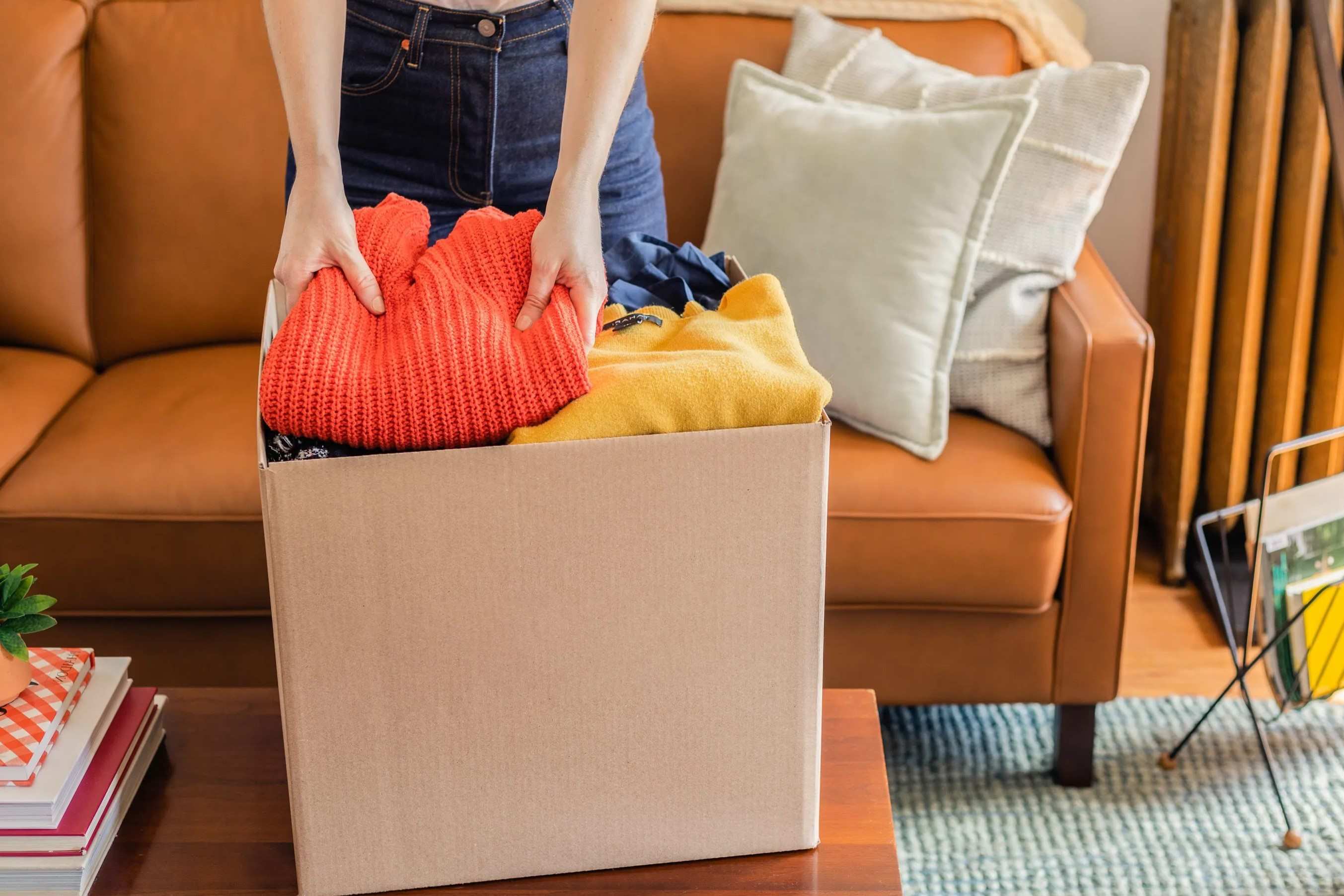

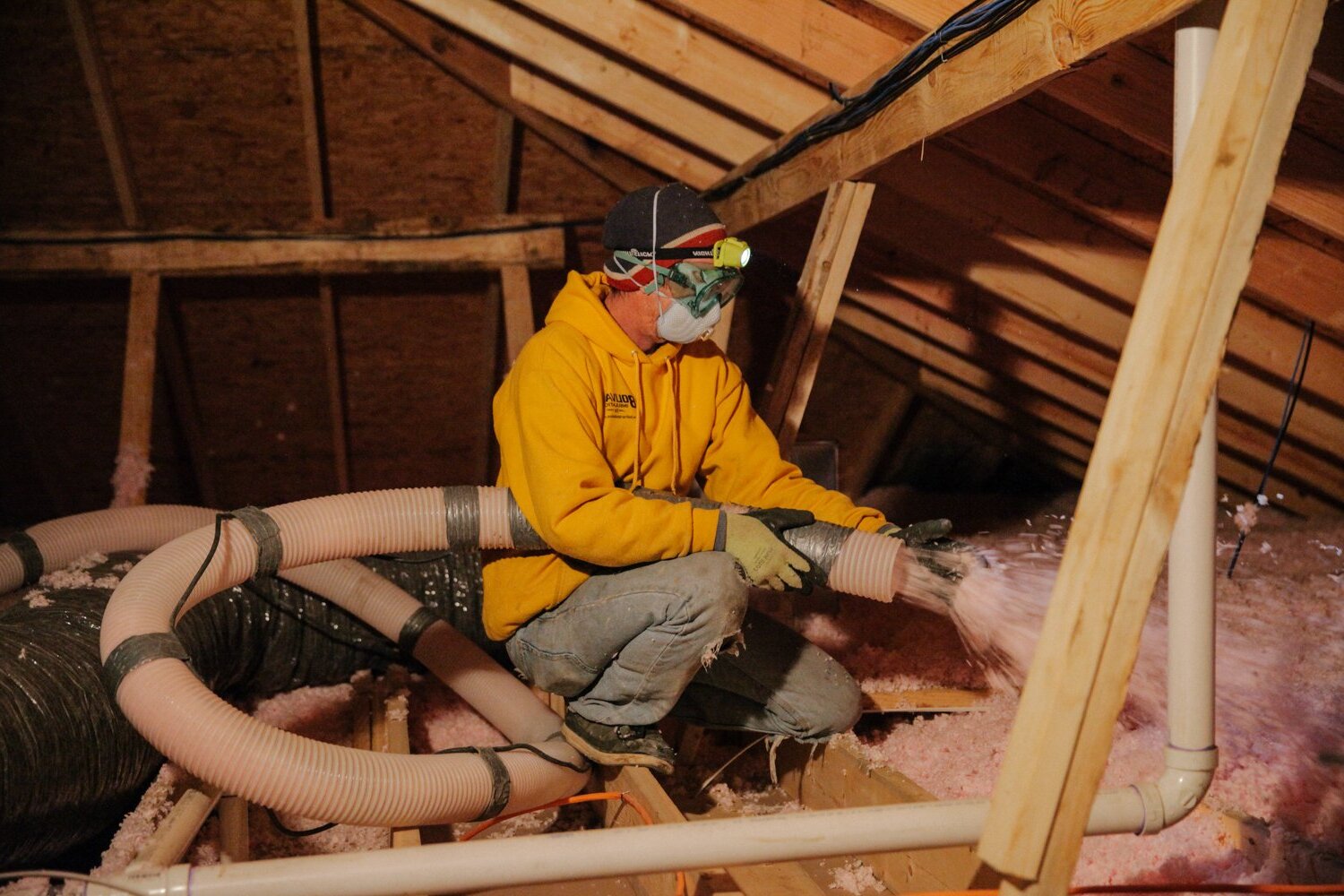
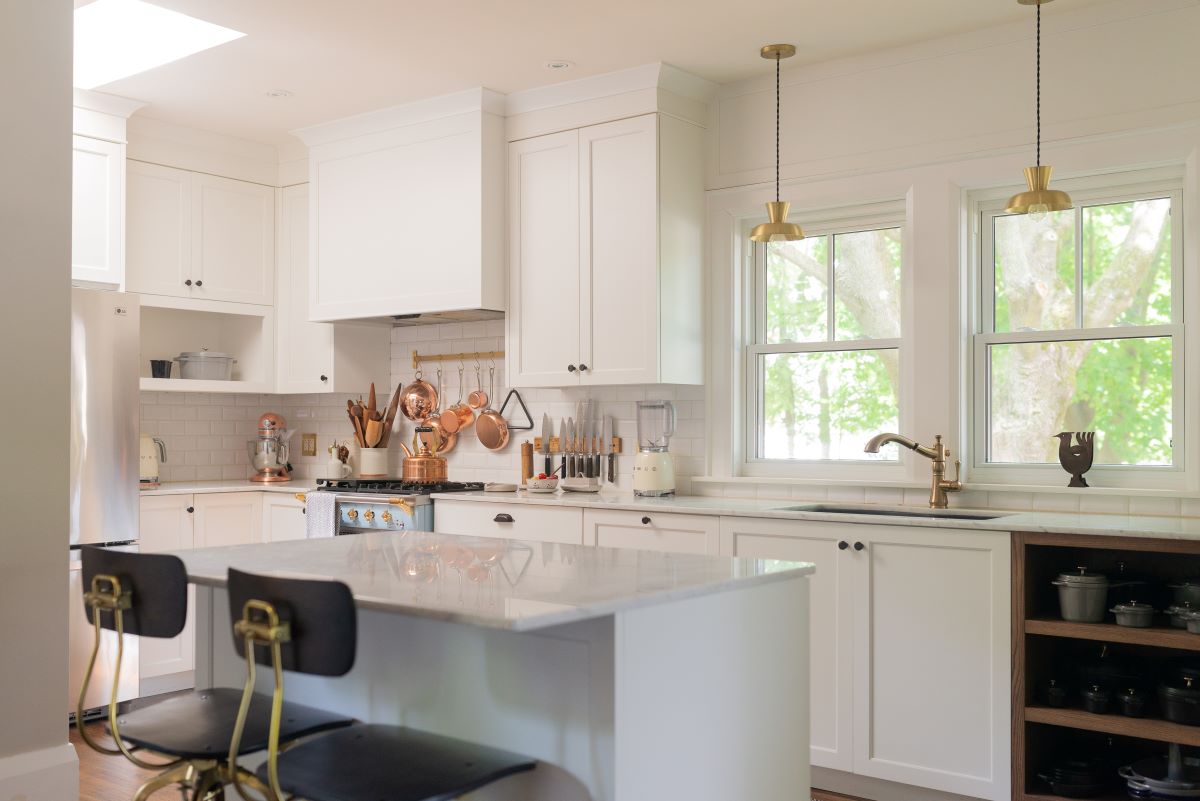
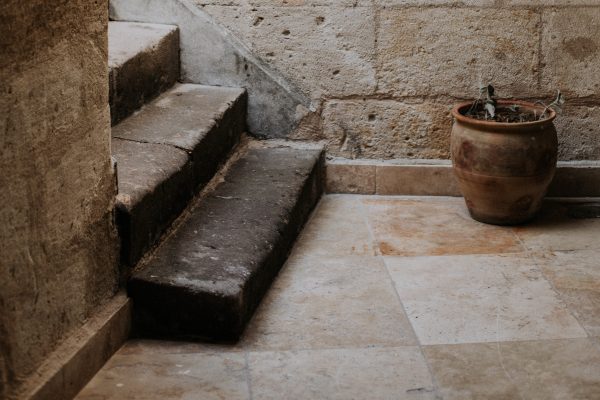

0 thoughts on “Your Guide To Troubleshooting Door Problems”